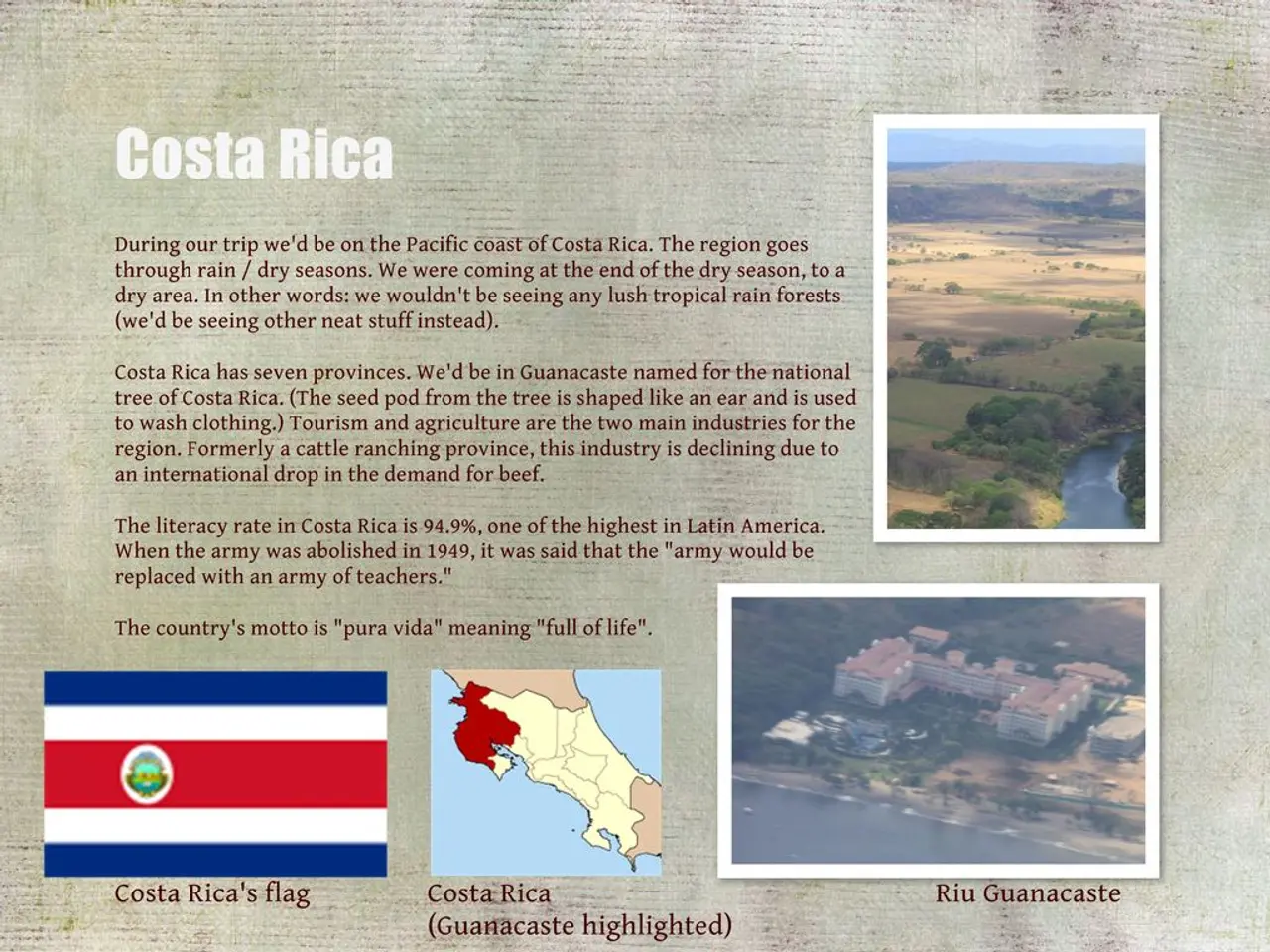Effective process of venous thrombectomy carried out via a 12 French system in a minor patient, diagnosing ilio-femoral-popliteal vein obstruction.
A 17-year-old boy with a history of T-Cell Acute Lymphoblastic Leukemia (ALL) presented to the emergency department with a 1-day history of left leg swelling and fever. Upon assessment, the patient had swelling of the left lower limb, from foot to mid-thigh, with associated pain and inability to ambulate. A Computed Tomography of the abdomen and pelvis confirmed patency of the Inferior Vena Cava (IVC) and characterized the occlusive thrombus as extending from the left common iliac vein origin to the popliteal vein, with marked subcutaneous and cutaneous inflammatory changes of the left upper leg.
The grey scale and color-Doppler ultrasound of the left lower extremity confirmed extensive Deep Venous Thrombosis (DVT), with lack of flow from the left popliteal vein to the left common iliac vein. A short segment nonocclusive thrombus was additionally seen within the mid right common iliac vein. Compression of the left common iliac vein was observed between the right common iliac artery and underlying lumbar vertebrae, raising the possibility of May-Thurner syndrome.
Given the extent and location of the DVT, a multidisciplinary decision was made to proceed with mechanical aspiration thrombectomy and thrombolysis of the left lower limb. The procedure was performed using the 12 French Penumbra Lightning 12 Indigo system, which was recently approved in the local practice. Pulse-spray tPA was infused across the length of the clot burden and left in situ for 30 minutes during the procedure. Venous collaterals were noted in the pelvis and thigh during the procedure.
Treatment recommendations for pediatric DVT primarily involve anticoagulation therapy. However, in severe or complicated cases, thrombolytic or mechanical interventions may be considered. While aspiration thrombectomy devices are not specifically mentioned in the context of pediatric DVT treatment, they are a form of mechanical thrombectomy used in some adult populations. In pediatric care, mechanical interventions are typically reserved for severe cases or when anticoagulation fails, and the decision is highly individualized based on the patient's condition and the expertise available.
The incidence of DVT in the pediatric population is rapidly increasing, particularly in teenagers, at an annual rate of 10-14 per 10,000 children admitted to hospital. Pediatric mortality secondary to DVT has been reported at 2%. DVT carries a risk of serious complications including pulmonary embolism and post-thrombotic syndrome.
In conclusion, the treatment of pediatric DVT emphasizes anticoagulation as the primary approach, with thrombolytic or mechanical interventions reserved for severe or complicated cases. The choice of treatment is highly individualized based on the patient's clinical condition and specific factors such as vessel size and overall health status. Aspiration thrombectomy devices, while not specifically mentioned for pediatric use, might be considered in unique cases based on clinical judgment and available expertise.
In the given scenario, the 17-year-old boy's case of extensive Deep Venous Thrombosis (DVT) was managed with an interventional radiology procedure, involving mechanical aspiration thrombectomy and thrombolysis, due to the severity of his medical-condition and chronic-diseases. This procedure, utilizing the 12 French Penumbra Lightning 12 Indigo system, is a form of science-backed health-and-wellness treatment, typically reserved for complex cases or when traditional anticoagulation fails.




